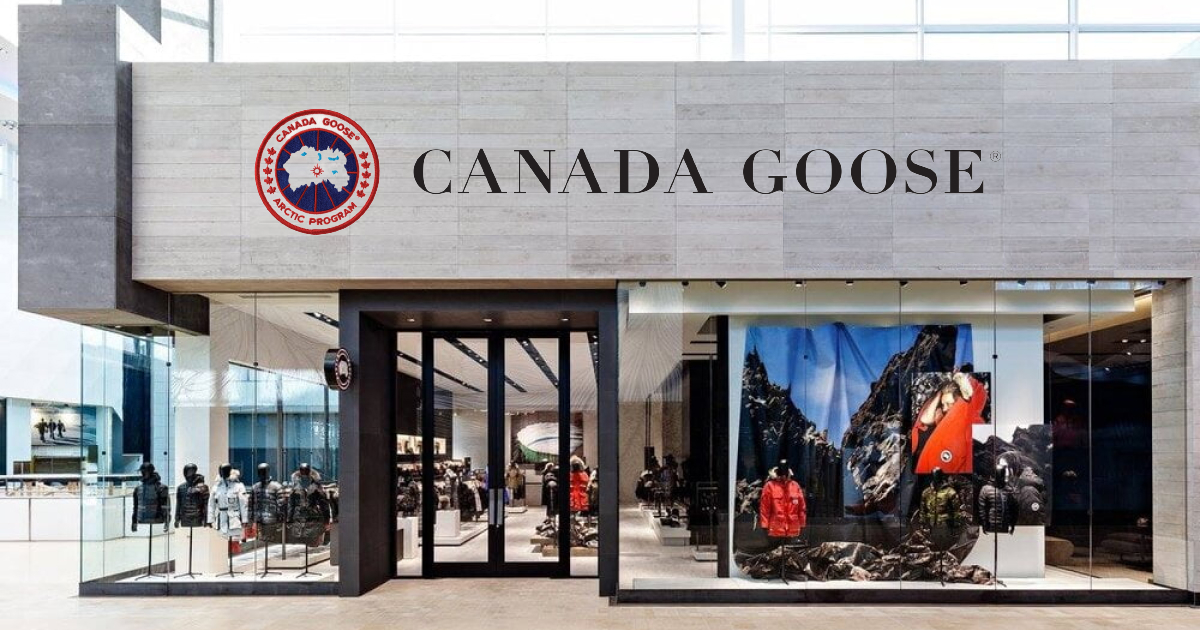Big Lots (BIG:NYE), a prominent furniture and home décor retailer, recently faced a significant drop in its stock price, reaching multi-year lows following disappointing Q1FY23 results. The company’s financial market performance suffered due to a combination of factors, including declining consumer purchasing power and inventory-related challenges. In this post, we will explore the reasons behind the decline in BIG stock prices and the measures the company is taking to address these issues.
Disappointing Q1FY23 Results:
On May 26, Big Lots reported Q1FY23 results that fell short of expectations, triggering a sharp decline in BIG stock price. The company’s board also decided to suspend its quarterly dividend distribution due to a wider-than-anticipated adjusted loss of $3.40 per share. As a result, the BIG stock plummeted by as much as 19%, hitting 30-year lows. By the end of the trading day, the stock had fallen 13.3% to close at $6.25.
BIG Stock-Factors Impacting Performance:
Several factors contributed to Big Lots’ underwhelming performance in Q1FY23. The company experienced an 18.3% year-over-year decline in sales, primarily attributed to a cutback in discretionary spending by consumers. Additionally, Big Lots cited furniture shortages and unfavorable weather conditions as significant contributors to the decline in sales during the quarter.
Management’s Response:
In response to the declining sales and contracting margins, Big Lots’ management made strategic decisions to mitigate expenses and enhance future earnings. One such measure involved the closure of four distribution centers, with the aim of reducing FY23 expenses by $100 million. Moreover, the company has identified additional avenues to potentially increase earnings by up to $200 million within the next 18 months.
CEO’s Perspective:
Big Lots’ CEO, Bruce Thorn, remains optimistic about the company’s ability to recover and improve its financials. He anticipates a resurgence in the growth of furniture and seasonal products as consumer confidence improves. Thorn emphasized the company’s commitment to introducing newness and offering incredible value in its assortment to attract customers.
Challenges in the Retail Industry:
Big Lots’ struggles are not isolated incidents but reflect broader challenges faced by retailers due to steep inflationary pressures and consumer concerns about a potential recession. These factors have significantly impacted consumer buying habits, leading retailers to raise prices on certain goods and resort to promotional strategies for others in order to maintain sales. Big Lots’ inventories in Q1 also declined by 18.8% year-over-year, in line with its sales decrease.
Future Outlook:
Given the recent quarterly results and the uncertain market conditions, a short-term rebound in Big Lots’ stock price seems unlikely. The consensus analyst rating on BIG stock stands at Strong Sell, based on one Hold and four Sell ratings on Stock Target Advisor. Although the stock has fallen nearly 80% this year, the average price forecast of $8.84 suggests a potential upside of 41.4% over the next twelve months.
Conclusion:
Big Lots’ stock decline to multi-year lows can be attributed to various factors, including weakened consumer purchasing power and inventory-related challenges. The company’s efforts to address these issues, such as expense reduction and plans for increased earnings, demonstrate management’s commitment to improving financial performance.
However, the current market conditions and analyst ratings indicate a challenging road to recovery for Big Lots. As the company navigates these headwinds, investors will closely monitor its strategic initiatives and market developments to assess the potential for future growth.





































